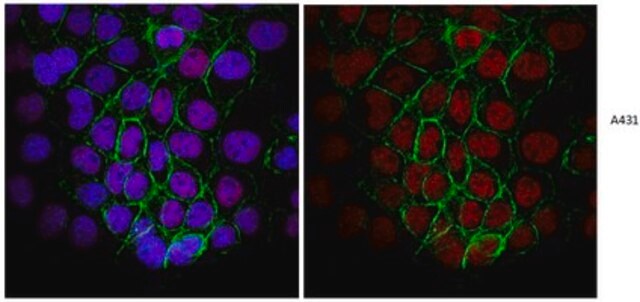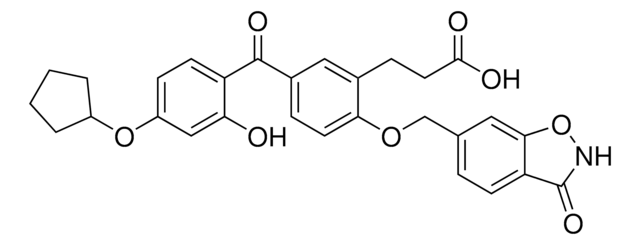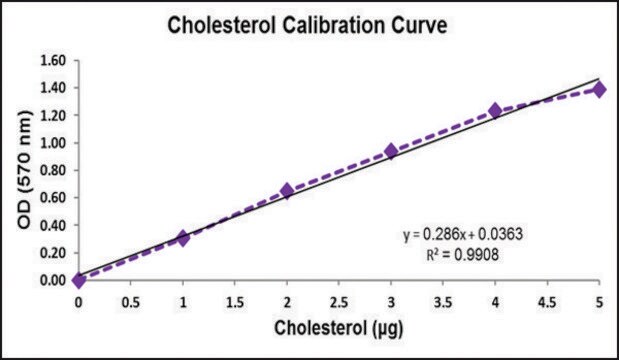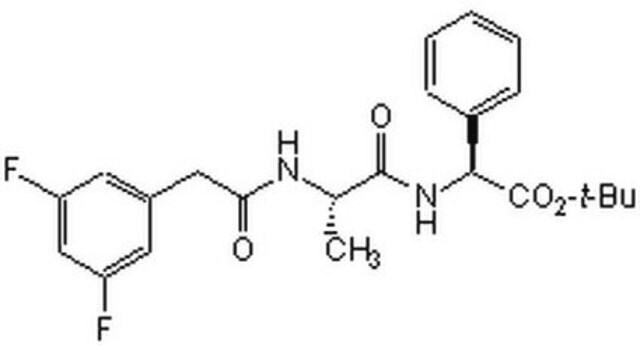5.30535
RPA Inhibitor, TDRL-505
Sinónimos:
RPA Inhibitor, TDRL-505, Replication Protein A Inhibitor, Pot1 Inhibitor, Protection of Telemeres Protein 1 Inhibitor, TDRL505
About This Item
Productos recomendados
Ensayo
≥97% (HPLC)
Nivel de calidad
Formulario
solid
fabricante / nombre comercial
Calbiochem®
condiciones de almacenamiento
OK to freeze
protect from light
color
off-white
solubilidad
DMSO: 50 mg/mL
temp. de almacenamiento
−20°C
cadena SMILES
CCOC1=CC2=NC(=C(C=C2C=C1)C3CC(=NN3C(=O)CCC(=O)O)C4=CC=C(C=C4)Br)Cl
Descripción general
Acciones bioquímicas o fisiológicas
Replication Protein A
Envase
Advertencia
Reconstitución
Otras notas
Shuck, S.C., and Turchi, J.J. 2010. Cancer Res.70, 3189.
Información legal
Código de clase de almacenamiento
11 - Combustible Solids
Clase de riesgo para el agua (WGK)
WGK 3
Punto de inflamabilidad (°F)
Not applicable
Punto de inflamabilidad (°C)
Not applicable
Certificados de análisis (COA)
Busque Certificados de análisis (COA) introduciendo el número de lote del producto. Los números de lote se encuentran en la etiqueta del producto después de las palabras «Lot» o «Batch»
¿Ya tiene este producto?
Encuentre la documentación para los productos que ha comprado recientemente en la Biblioteca de documentos.
Nuestro equipo de científicos tiene experiencia en todas las áreas de investigación: Ciencias de la vida, Ciencia de los materiales, Síntesis química, Cromatografía, Analítica y muchas otras.
Póngase en contacto con el Servicio técnico








